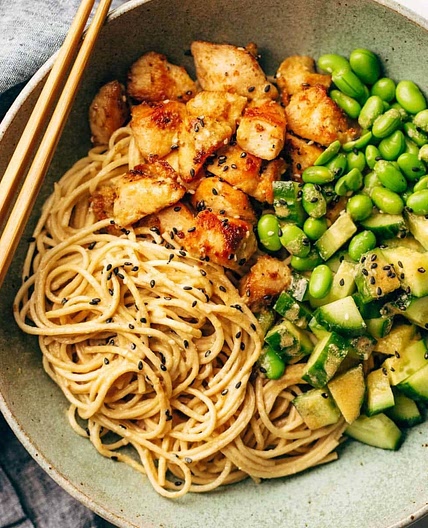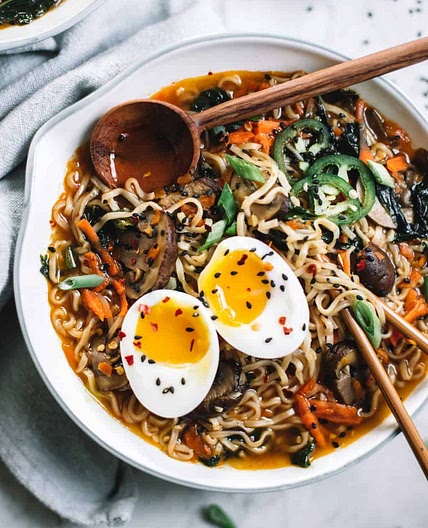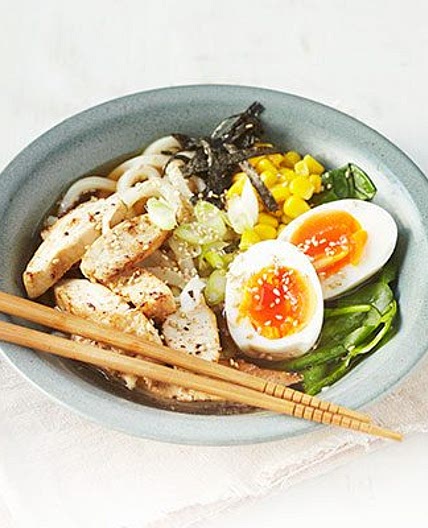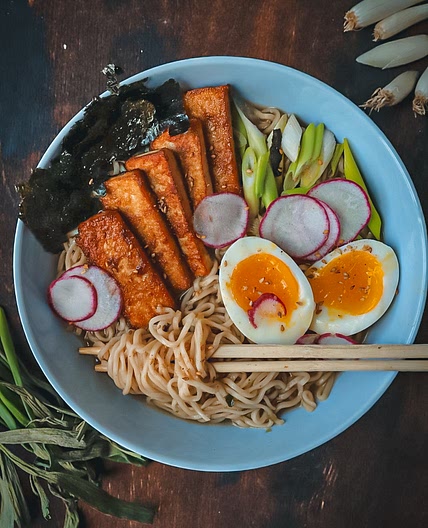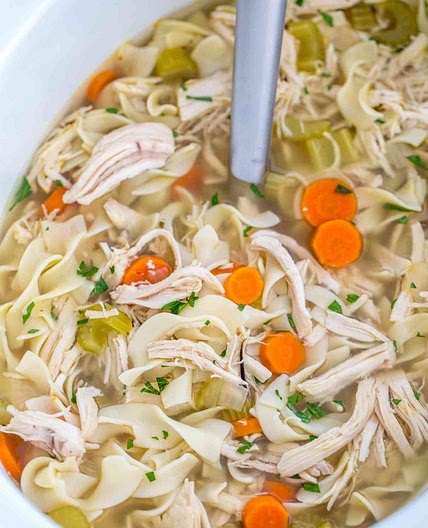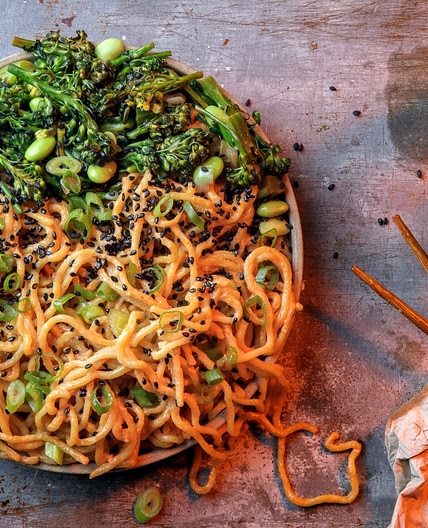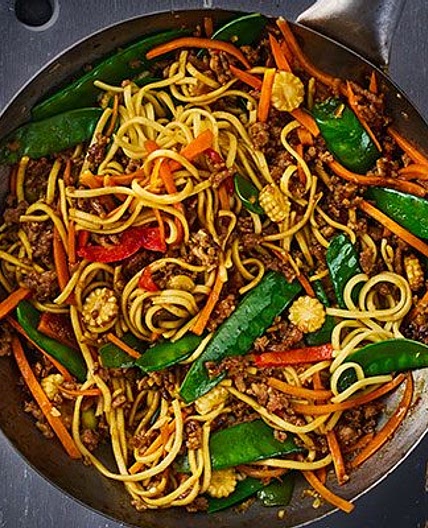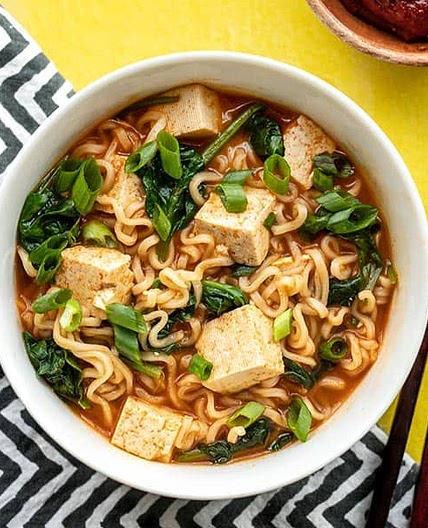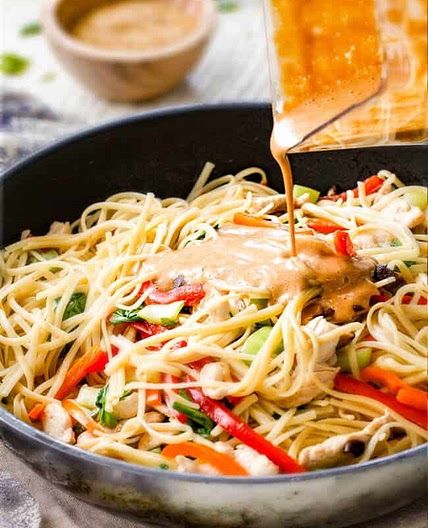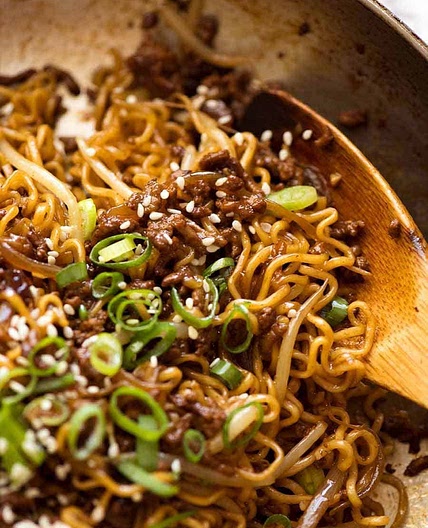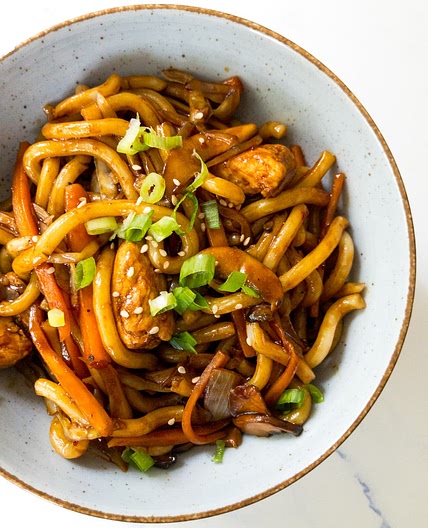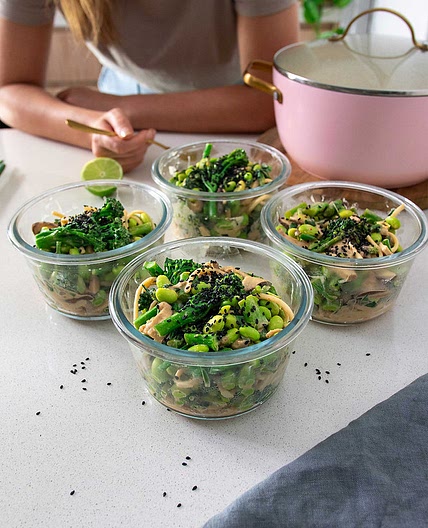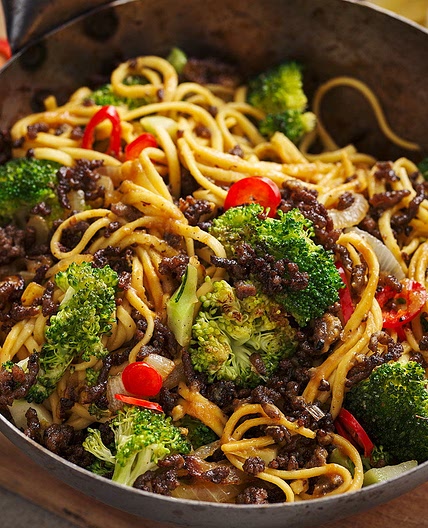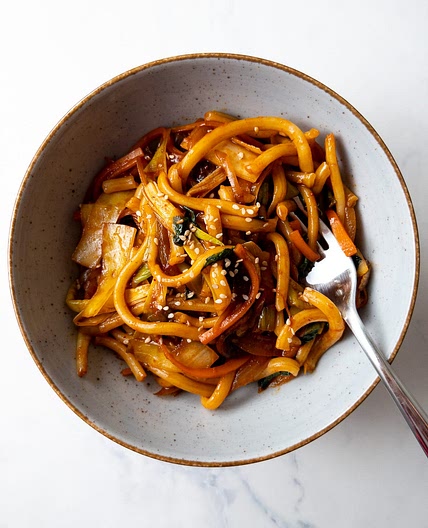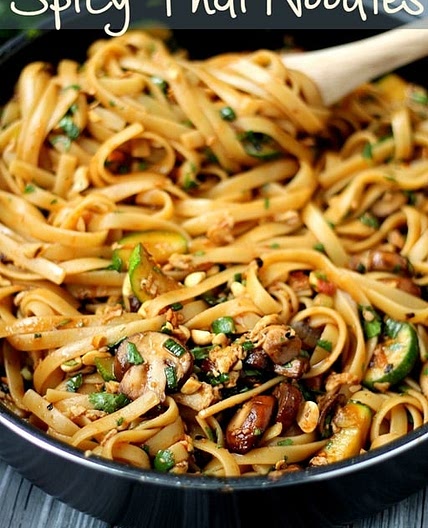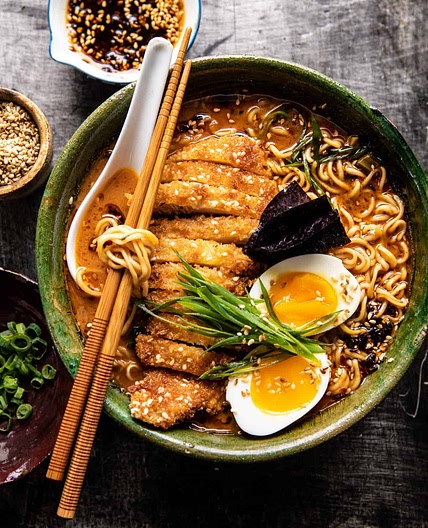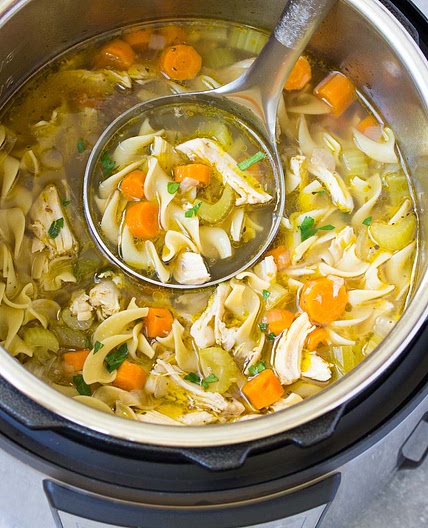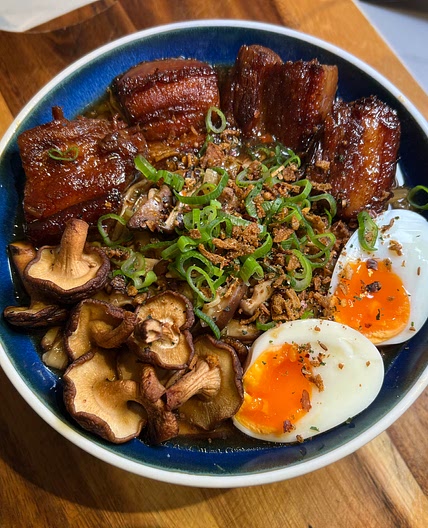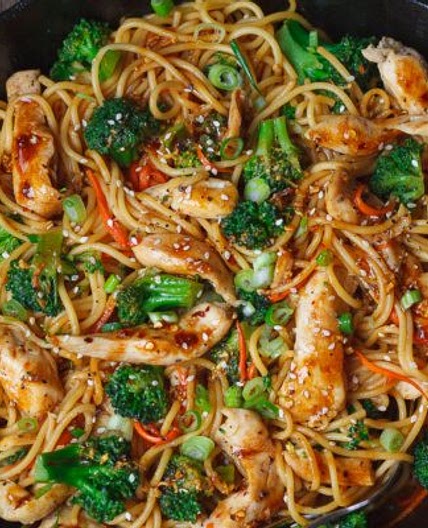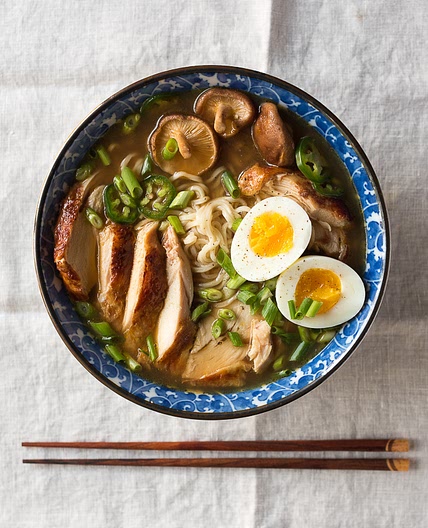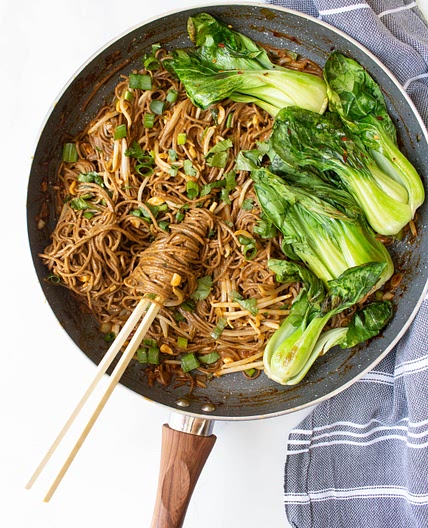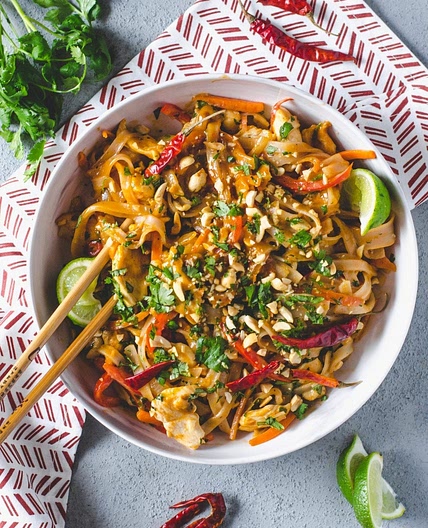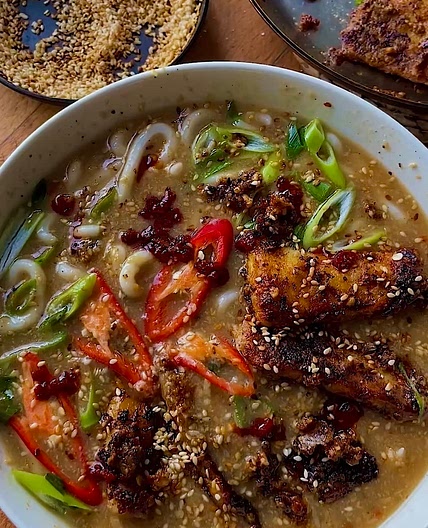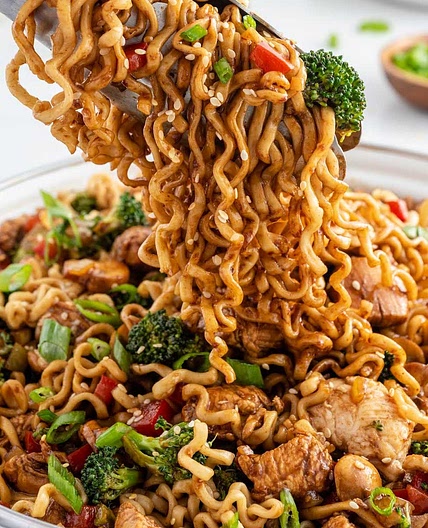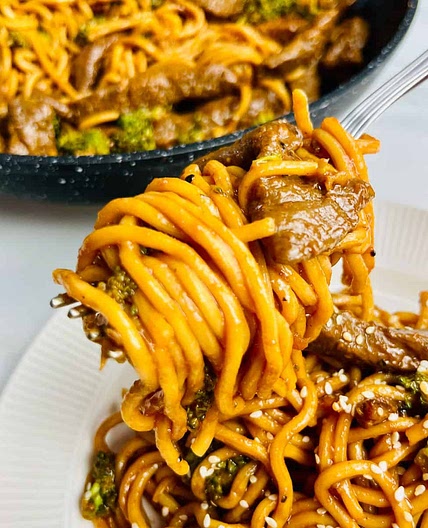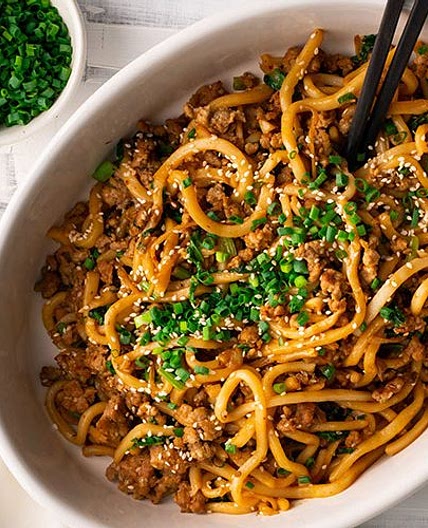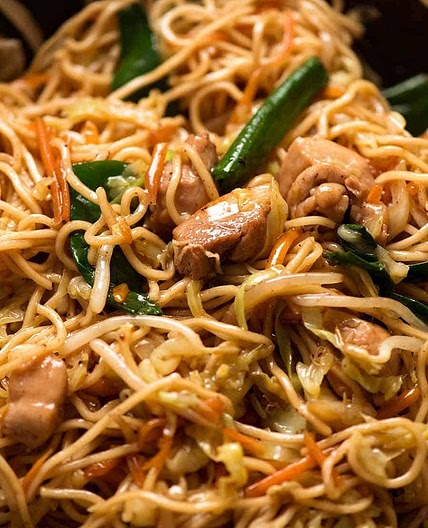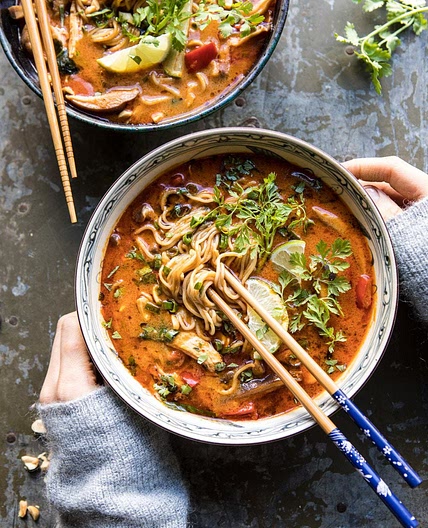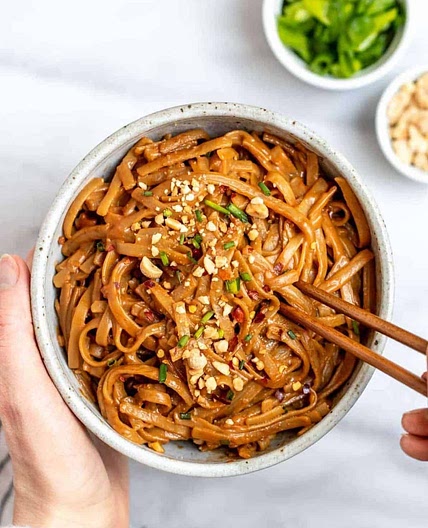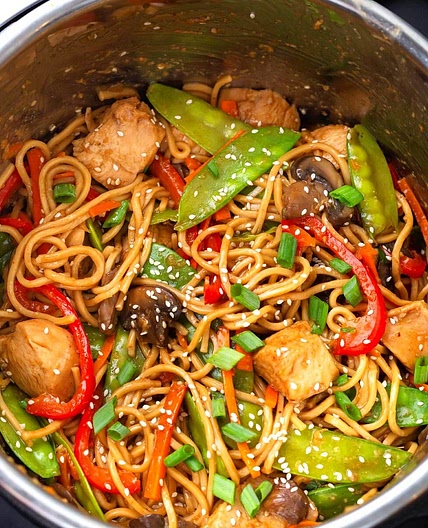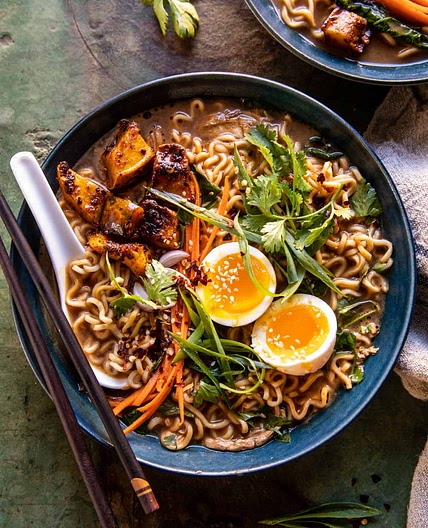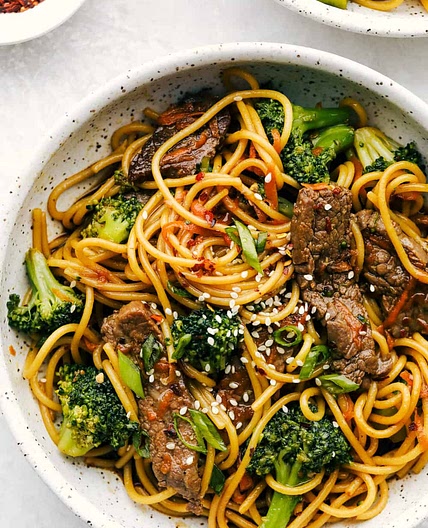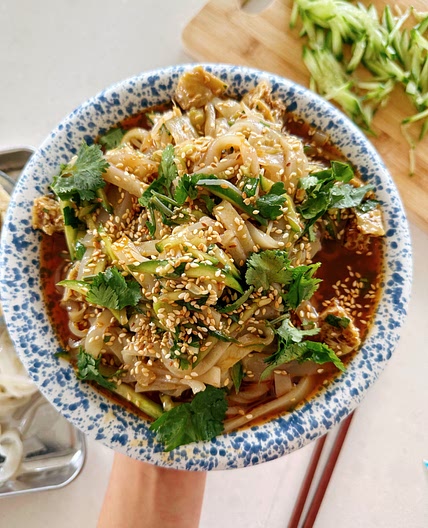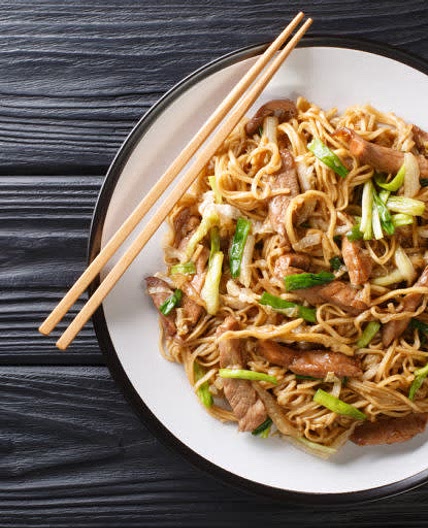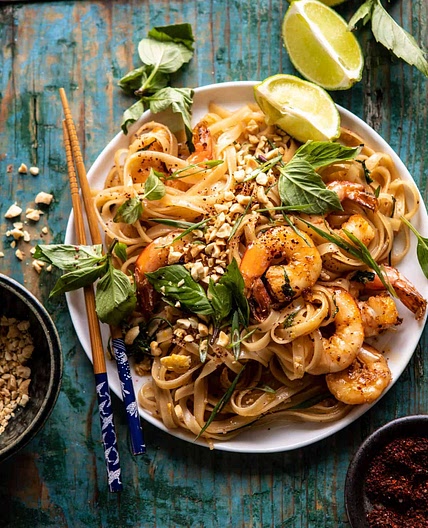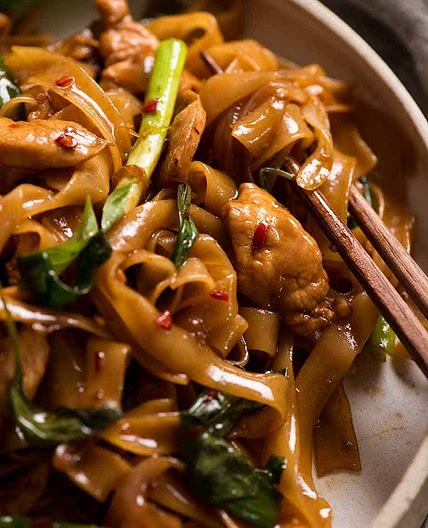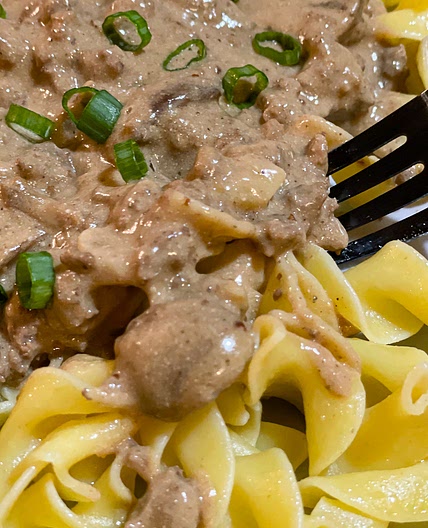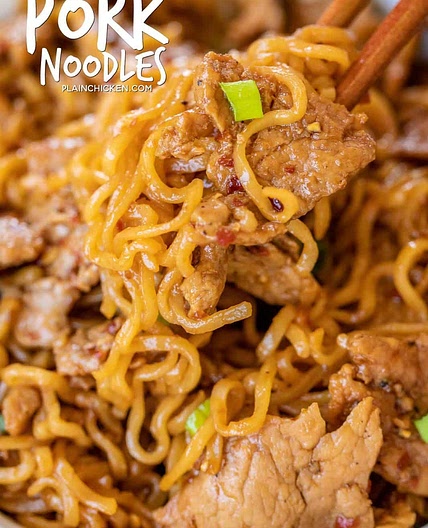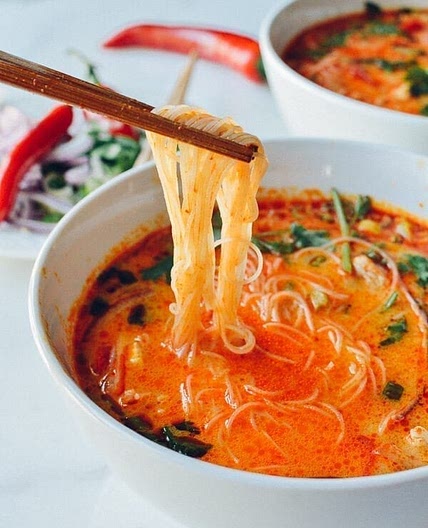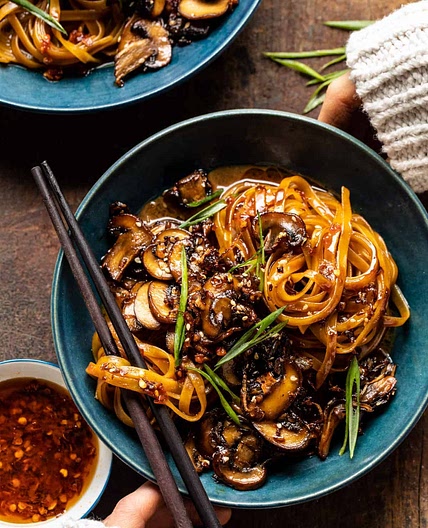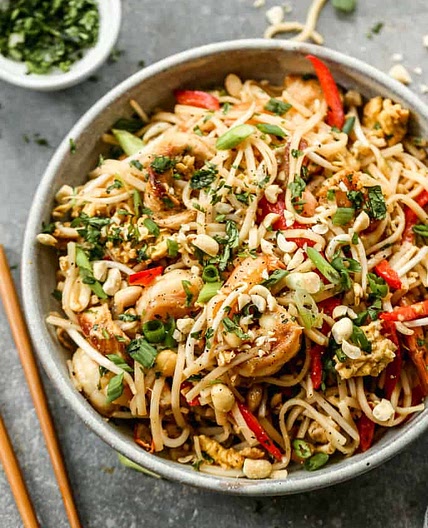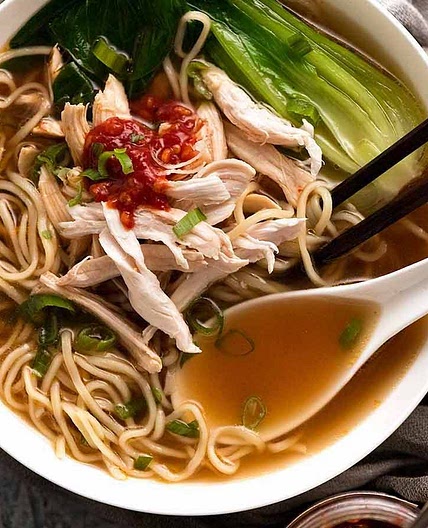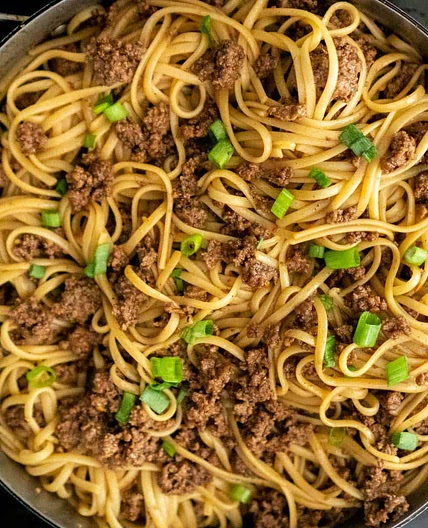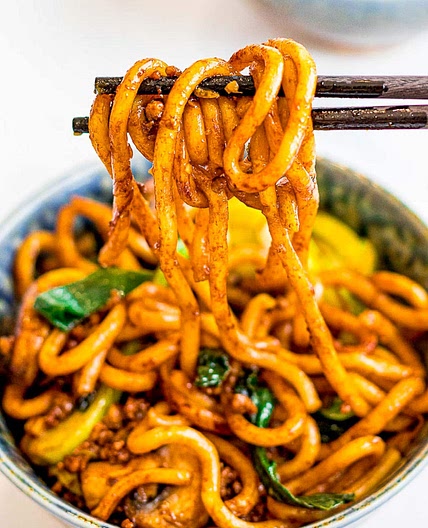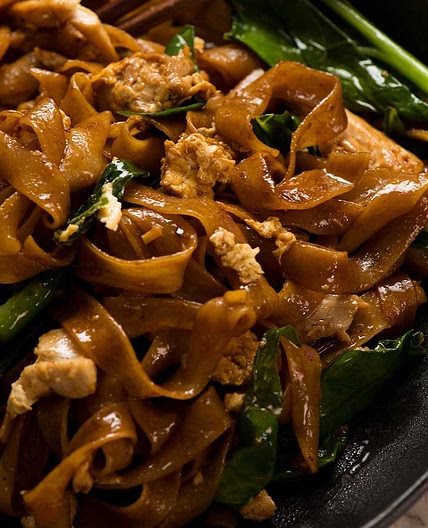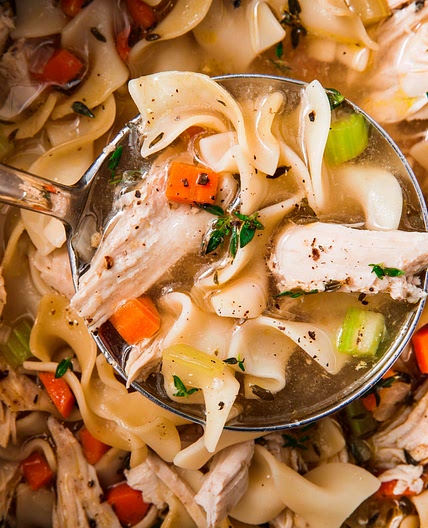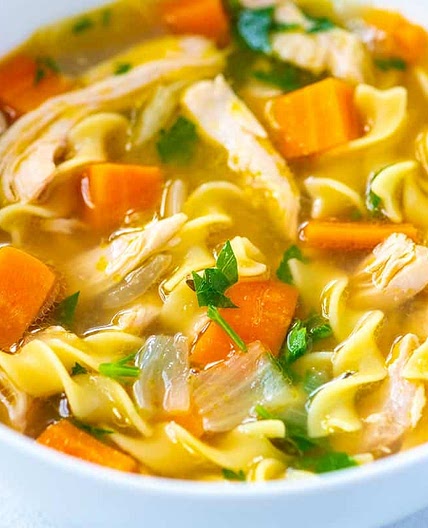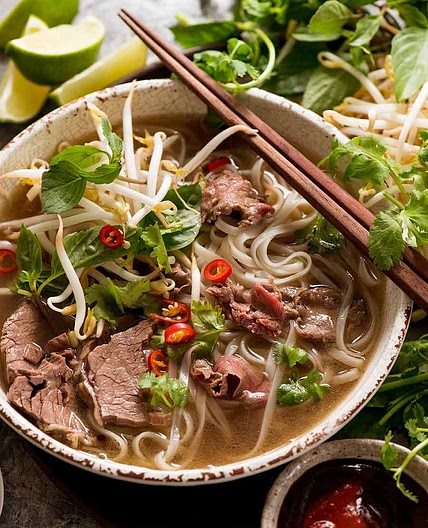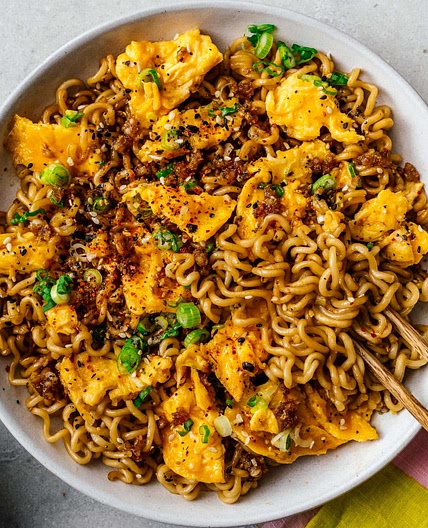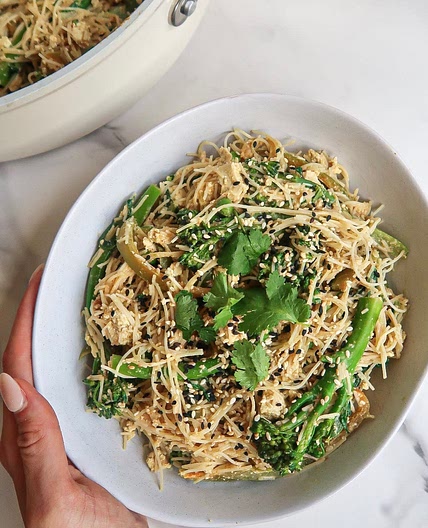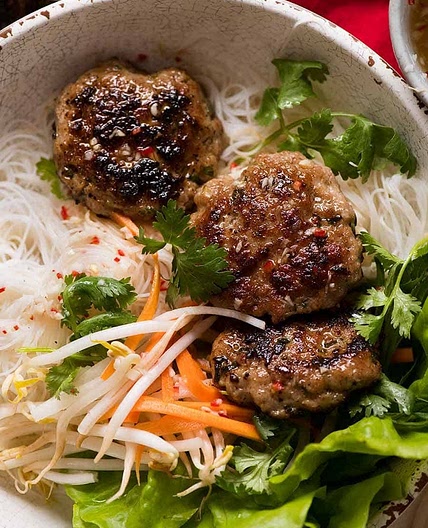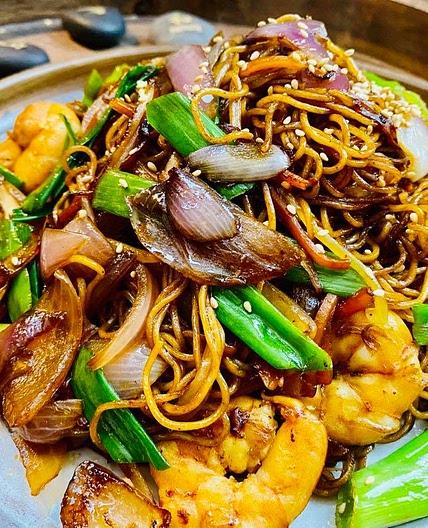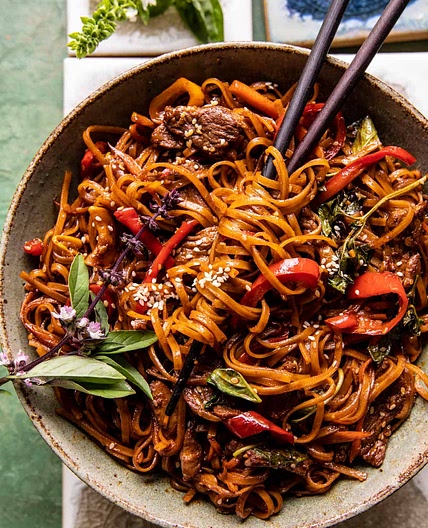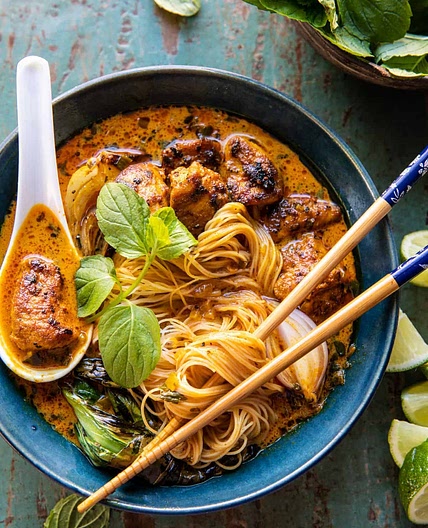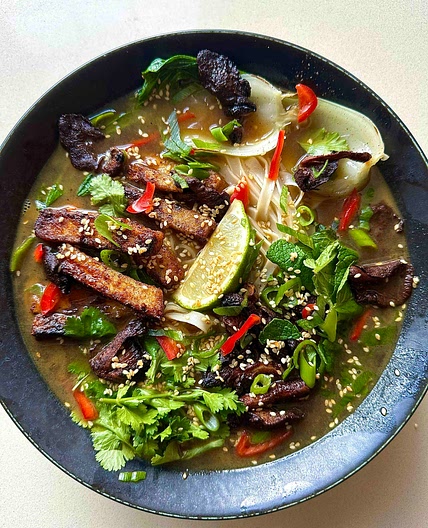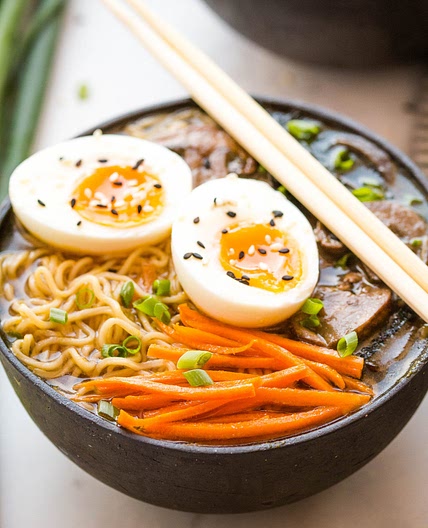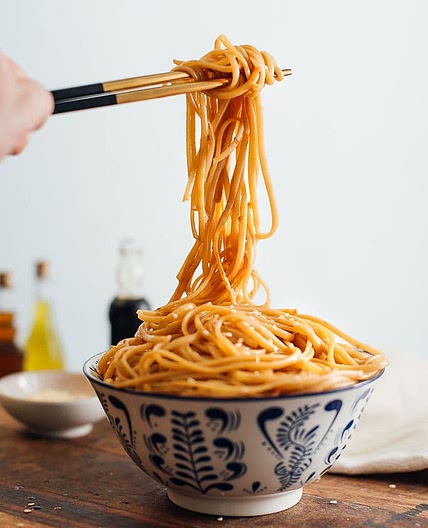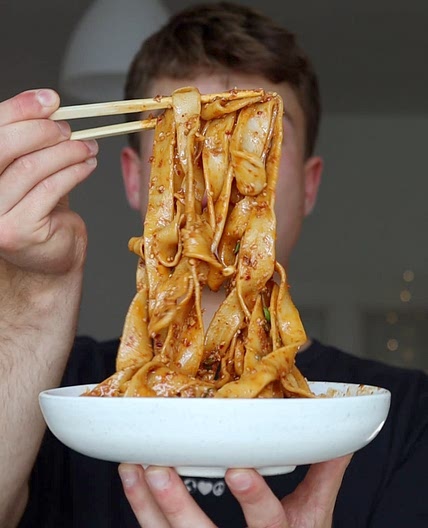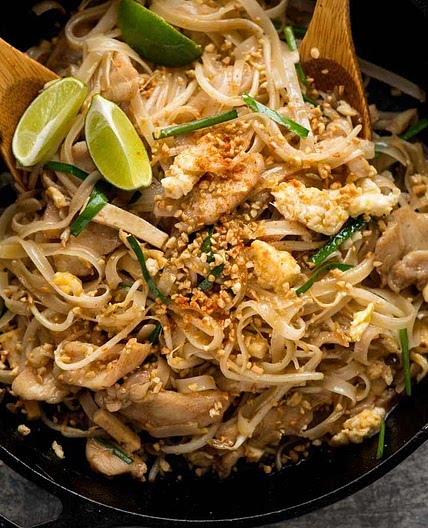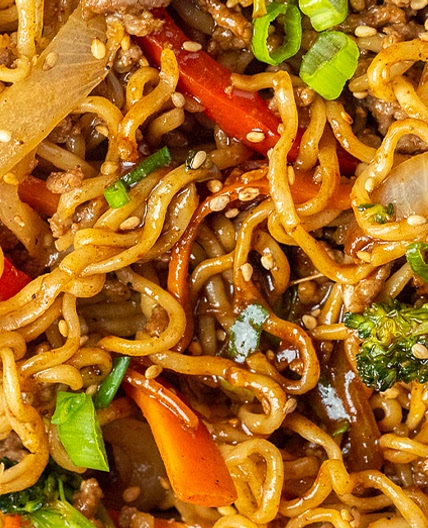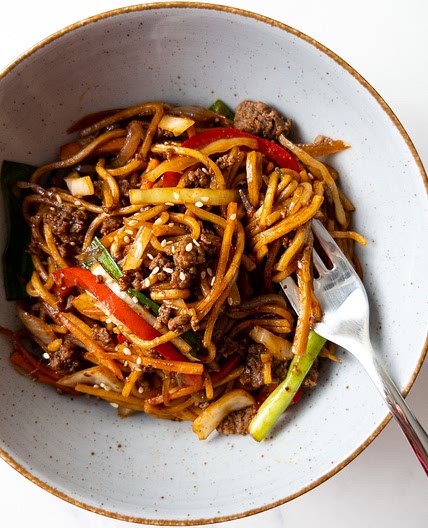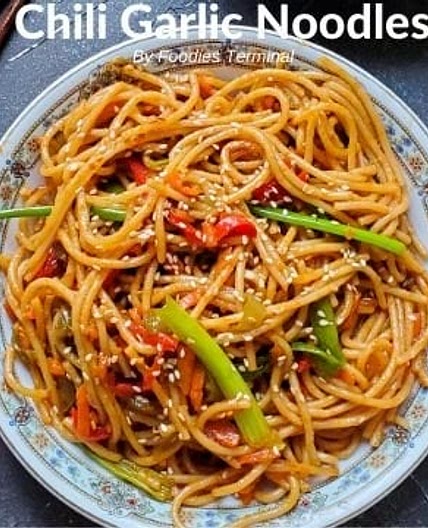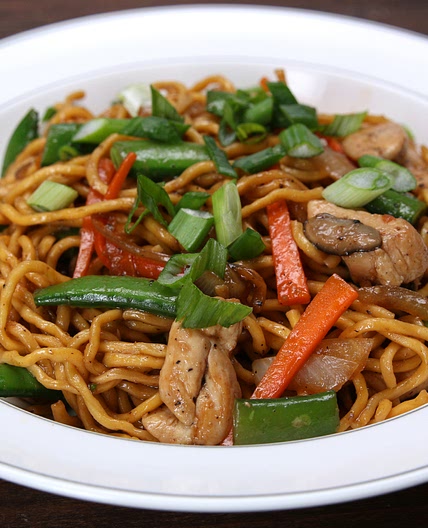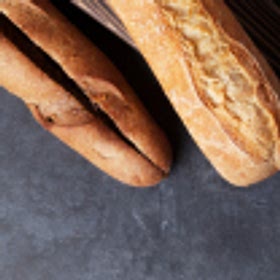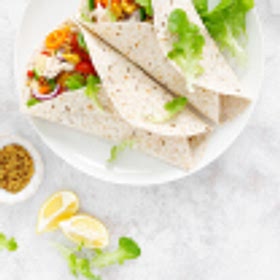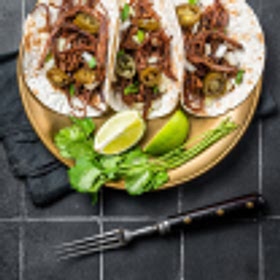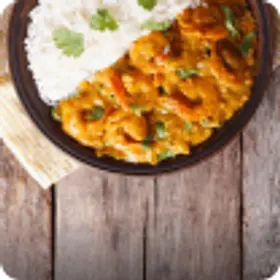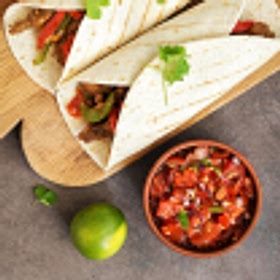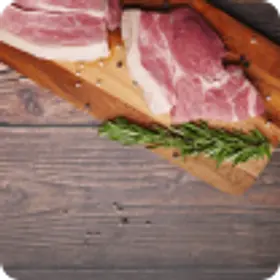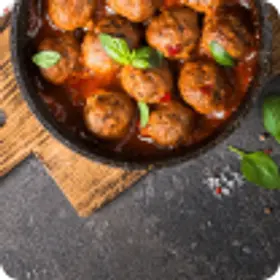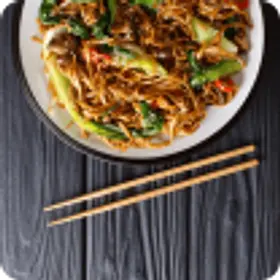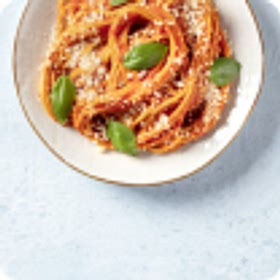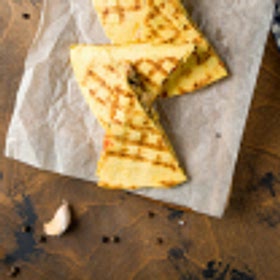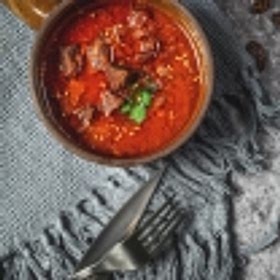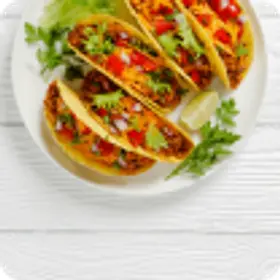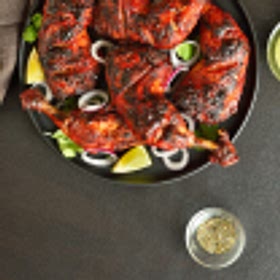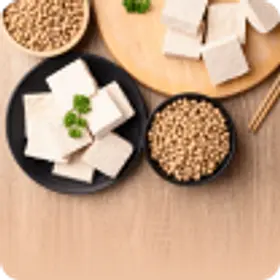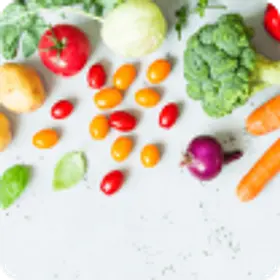Noodles: Recipes, History, Types, and Cooking tips
Noodles are not only scrumptious but also come in a variety of shapes, sizes, and flavors.
- Energy: 0
- Total Fat: 0
- Saturated Fat: 0
- Carbohydrate Total: 0
- Sugars: 0
- Protein: 0
- Sodium: 0
- Fiber: 0
- Trans Fat: 0
- Monounsaturated Fat: 0
- Polyunsaturated Fat: 0
- Cholesterol: 0
- Calcium: 0
- Magnesium: 0
- Potassium: 0
- Iron: 0
- Zinc: 0
- Phosphorus: 0
- Vitamin A: 0
- Vitamin C: 0
- Thiamin B1: 0
- Riboflavin B2: 0
- Niacin B3: 0
- Vitamin B6: 0
- Folic Acid B9: 0
- Vitamin B12: 0
- Vitamin D: 0
- Vitamin E: 0
- Vitamin K: 0
- Tryptophan: 0
- Alpha Carotene: 0
- Beta Carotene: 0
- Omega 3 DHA: 0
- Omega 3 EPA: 0
Find out more about different types of noodles, their fascinating origins, and even the best noodle recipes from around the world. But first off, what are noodles exactly? After all, it’s a really broad topic.
Noodles are long, slender strips made from a mixture of different types of flour, water, and sometimes eggs. Similar to pasta, they come in different shapes and sizes too, like ramen, udon, and soba.

History of Noodles
Did you know that noodles have a fascinating story that goes back thousands of years?
4,000 years ago, people in ancient China started making something very special: noodles! They mixed flour and water to create a dough and then shaped it into long, thin strips. These early they were cooked in boiling water and enjoyed as a tasty meal. This is the earliest form of noodles recipes – these days, there are thousands.
Noodles around the world
Over time, noodles spread to other parts of the world. In Italy, they called their version “pasta” and created all sorts of amazing shapes like spaghetti, macaroni, and lasagna. While in Japan, they made udon and soba, enjoying them in soups and stir-fries and in different parts of Asia, rice and egg noodles became favorites in dishes like Pad Thai and chow mein. Noodles even traveled to America, where they became a beloved comfort food in dishes like spaghetti and meatballs.
Noodles vs. Pasta: What’s the Difference?

Have you ever wondered about the difference between pasta and noodles? They may look similar, but they have some unique characteristics.
The main difference between pasta and noodles is the ingredients used to make them. Pasta is typically made from durum wheat flour, while noodles can be made from different types of flour like wheat, rice, or even vegetables.
Another difference is in the way they’re enjoyed. Pasta is often paired with sauces, while noodles recipes often feature the long strands cooked in soups or stir-fried with tasty veggies and sauces.
The Process of Making Noodles

1. Gather the ingredients
You’ll need flour, water, and optionally, eggs. These ingredients will come together to form the noodle dough for the recipe.
2. Mix the ingredients
In a mixing bowl, combine the flour and water (and eggs, if using) to form a dough. Stir and knead the dough until it becomes smooth and elastic. This will take a few minutes of mixing and working the dough with your hands.
3. Roll out the dough
Once the dough is smooth, dust a clean surface with flour and place the dough on it. Use a rolling pin to flatten the dough into a thin, even sheet. The thickness of the dough will depend on your preference for the type of noodles you want.
4. Cut the noodles
With the rolled-out dough before you, use a sharp knife or a pizza cutter to slice the dough into long, thin strips. You can make them as wide or as narrow as you like. This is where your creativity comes into play!
5. Cook the noodles
Bring a pot of water to a boil and carefully drop the freshly cut noodles into the boiling water. Allow them to cook for a few minutes, stirring occasionally, until they become tender and cooked to your desired doneness.
6. Drain and enjoy
Once the noodles are cooked, drain them in a colander to remove excess water.
Bonus tip for storage
If you want to save some for later, you can dry them by spreading them out on a clean surface or hanging them to air dry. Once fully dry, you can store them in an airtight container for future use.
Different Types of Noodles and Recipes
Discover the incredible diversity from around the globe. Let’s explore some popular varieties:
Spaghetti

This is a special kind of food that can be called both noodles and pasta. It’s made from durum wheat flour, just like pasta, but its long, thin shape makes it like noodles too. We love to eat spaghetti with yummy sauces like tomato sauce or cheese but it can also be enjoyed as a warm and comforting meal like a chicken noodle soup.
Ramen

Hailing from Japan, ramen noodles are often accompanied by a flavorful broth. Available in various savory flavors like chicken, beef, or vegetarian, ramen warms the soul on chilly days.
Udon

Thick and chewy, udon are another Japanese delight. These versatile noodles star in soups and stir-fries, providing a satisfying chew with every slurp. Udon noodles recipes are a real winter winner!
Rice Noodles

Widely popular in Asian cuisine, rice noodles feature thin strips made from rice flour. Find them in beloved dishes like Pad Thai or Vietnamese Pho, delivering a unique texture and taste. Did you know they go puffy if you deep fry them?
Egg Noodles

Made with a combination of eggs and flour, egg noodles are available in both thin and thick varieties. They are perfect way to finish off a chicken noodle soup recipe or even beef stroganoff. They’re rich but pliable, lending a lovely texture.
Soba

Another contender from from Japan, soba noodles are made from buckwheat flour. They have a nutty flavor and are often enjoyed cold with a dipping sauce or served in hot soups. Soba are not only delicious but also a healthy option.
Lo Mein

A popular choice in Chinese cuisine, lo mein noodles are made from wheat flour. These noodles are thick and chewy. That makes them perfect for absorbing the flavors of stir-fried noodles. Typically, recipes for these noodle dishes involves mixing them with with vegetables, meat, and a savory sauce.
Vermicelli

Vermicelli are thin, translucent and made from rice flour. They are commonly used in Asian cuisines, particularly in dishes like Vietnamese spring rolls or stir-fries. Vermicelli are light and versatile, adding a delicate touch to any meal.
Glass Noodles

Also known as cellophane noodles or bean thread noodles, glass noodles are made from mung bean starch. They are transparent, thin, and become translucent when cooked. Glass noodles are popular in Asian cuisines and can be used in soups, stir-fries, or spring rolls.
Somen

Somen noodles are very thin wheat noodles from Japan. They are usually served cold, accompanied by a dipping sauce or added to soups. Somen are delicate and refreshing, making them a perfect choice for hot summer days.
Delicious Noodle Recipes

Easy Stir-Fry Noodle Recipes
Get started by heating oil in a pan. Once it’s hot, add your favorite veggies and pre-cooked noodles. Stir-fry them with soy sauce and other preferred seasonings. Ready? Sit back and enjoy. Play around with easy stir fried noodle recipes to find your favorite.
Chicken Noodle Soup
Boil chicken broth, add pre-cooked egg noodles, and cooked chicken pieces. Enhance the soup with nutritious vegetables like carrots and celery. Simmer for a few minutes, then indulge!
Chow Mein
Heat oil in a pan, stir-fry your favorite veggies like carrots, bell peppers, and cabbage. Add cooked Chow Mein noodles and toss them together with soy sauce and a touch of honey for a savory and slightly sweet flavor.
Pad Thai
Along with Chow Mein, this has to be one of the most popular noodle recipes around the world. In a wok or large pan, stir-fry rice noodles with shrimp, tofu (optional), bean sprouts, and green onions. Then add a tangy mixture of tamarind paste, fish sauce, lime juice, and a sprinkle of crushed peanuts to make much-loved and authentic Pad Thai.
Ramen Noodle Bowl Recipes
Boil ramen according to package instructions. In a separate pot, prepare a flavorful broth using chicken or vegetable stock, soy sauce, and your choice of seasonings like ginger or garlic. Just add cooked ramen to the broth along with sliced cooked chicken, soft-boiled eggs. Plus top it with vegetables like bok choy or mushrooms.
Alternatively, why not skip the readymade version and give homemade ramen a try? There are lots of different types, but miso ramen is one of the easiest to master.
Udon Stir-Fry
Heat oil in a pan and stir-fry udon with a colorful mix of vegetables such as carrots, bell peppers, and snap peas. Simply drizzle with a savory sauce made of soy sauce, sesame oil, and a touch of honey. Sprinkle sesame seeds for an extra crunch.
FAQs about Noodles and Noodle Recipes
Noodles can be part of preparing yourself a healthy plate. When consumed in moderation and paired with nutritious ingredients like vegetables and lean proteins, noodles are definitely safe to include in your diet.
Absolutely! Gluten-free alternatives like rice flour, cornstarch, or buckwheat flour allow individuals with gluten allergies to relish noodle dishes without worry.
Yes! Leftover noodles can easily be reheated. Ensure proper refrigeration, and thoroughly heat them before enjoying a second delicious serving.
Certainly! They are delightful when relished with flavorful sauces or even plain with a sprinkle of salt.
Yes, absolutely! Making them at home can be an enjoyable and rewarding experience. Basic ingredients like flour, water, and eggs, along with online recipes and tutorials, can help you create your own delicious and homemade version.
Conclusion
Noodles offer a world of delightful flavors and culinary exploration. We’ve journeyed through various noodle types, learned about their creation, and even sampled mouthwatering recipes. So, whenever hunger strikes, remember the vast and diverse world when satisfying your cravings. Whether in comforting soups, vibrant stir-fries, or even as a standalone treat, they are a source of endless joy for food enthusiasts of all ages.


